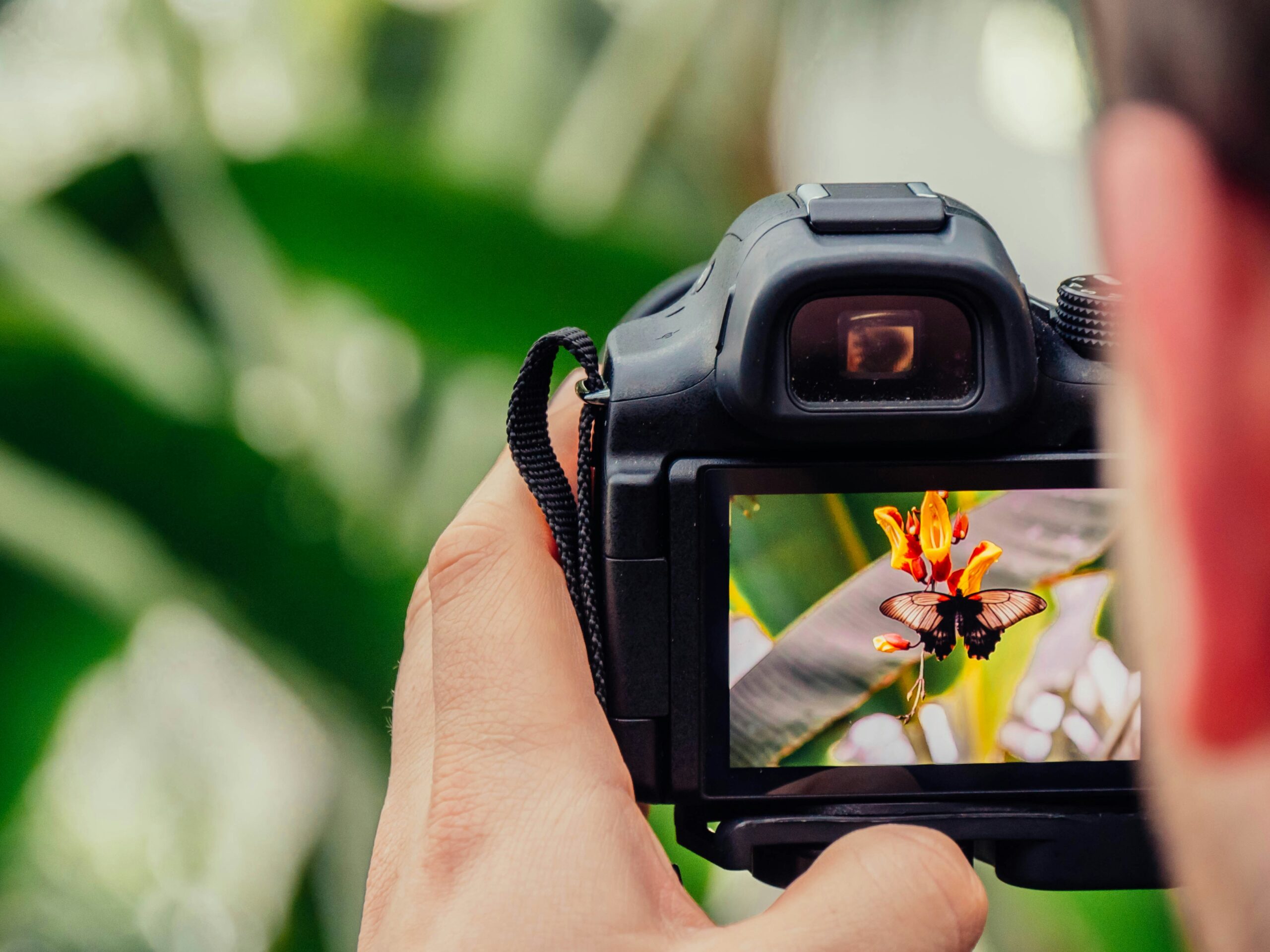Today, photography is more than just a creative outlet — it’s also a great way to make money. For many people, a hobby eventually becomes a full-time profession. But building a successful photography career takes effort. You need to learn, grow, and stay in tune with current trends. In this article, we’ll help you improve your skills and guide you toward your first steps as a photographer.
Learn From Professional Photographers
So, what’s the best way to learn something new? If you’ve ever studied anything in your life, your answer is probably: “It’s easier when someone explains things clearly, like in school.” That’s partly true — theory is important. But without hands-on experience, theory alone means very little. Practice is an essential part of learning photography.
Think of it this way: a masterclass gives you theory, while a workshop gives you real-life experience. If you’re looking for the perfect balance of both, check out a photography workshop by Daria Koso. Her sessions combine professional insight with practical shooting that helps new photographers grow faster.
Read Photography Books
Of course, learning doesn’t stop at workshops. Reading professional literature is a great way to begin if you’ve ever asked yourself, “I want to learn photography — where should I start?” Books can give you strong foundational knowledge, which you can then apply in real-life situations.
Photography books often include advice from professionals about mood, storytelling, portrait tips, landscape tricks, and more. Never overlook how much you can learn from a good book. It can serve as a personal mentor if you’re willing to study and apply what you read.
Learn Your Camera
Some say photography is all about talent, but knowing your gear is just as important. Becoming a professional photographer means people will pay for your work. And your ability to deliver high-quality images consistently plays a big role in how many clients you’ll get.
Clients don’t just want occasional masterpieces — they want photographers who produce solid results every time. That’s why understanding your camera is critical. Know its strengths, its limitations, and how to control every setting to get the look you want.
Lighting is another key factor. Good lighting brings your photo to life. In the studio, it means knowing how to use external light sources. Even in natural light, understanding how shadows and light direction work is essential.
Find Your Inspiration
So, you’ve studied the basics and feel ready to take photos on your own. What now? Every creative journey begins with inspiration. Sometimes it’s a drop of water rolling down a window. Other times, it’s children playing at the park. The world around you is full of moments worth capturing.
Nature is a big source of inspiration for many — forests, skies, water. But no matter what you shoot, it’s important to find a focal point, a core element that grabs the viewer’s attention and gives the photo emotional depth. That’s what turns a snapshot into art.
Simply put, your photo needs meaning. Whether your photo is candid or staged, it should say something. Even if a hundred people look at the same subject, each person, especially a photographer, sees it differently. That personal perspective is what gives your work character.
Explore the Photography Market
It’s also smart to explore the photography market. What’s popular right now? What types of photography are in demand? Commercial and wedding photography are strong options if you’re thinking about clients. Or maybe you’re drawn to fashion photography, family shoots, or editorial projects. Knowing where your interests and the market meet will help you grow faster.
Build Your Portfolio
If you’re just starting, building a portfolio is one of the most important things you can do. When a client is choosing a photographer, your portfolio is often the first thing they look at — and they judge it based on specific things:
- The photographer’s style and creative vision
- Image quality and consistency
- Overall aesthetic
- Pricing
Not every photo will appeal to everyone. People have different visual tastes and emotional reactions. A photographer’s style is often influenced by their personality — some are great at bold, dramatic shots; others at capturing softness and subtle beauty.
What you observe also influences what you create. The more quality imagery you absorb, the more refined your taste becomes. If your visual preferences align with your clients’—both in personality and aesthetic—the collaboration is likely to be enjoyable and successful. Of course, this assumes you’ve mastered the technical side.
Organize Your Portfolio by Photography Style
If a client is looking for a trendy fashion photographer, they probably aren’t interested in seeing landscapes. If you shoot in multiple styles, consider creating separate portfolios for each. It helps clients focus on the work that’s most relevant to what they’re looking for and shows your professionalism.
Final Thoughts
A photographer is someone who knows how to preserve life’s fleeting moments. And while learning photography from scratch may seem challenging, it’s possible. The world of professional photography is full of creativity, inspiration, and opportunity — along with new skills to learn and goals to reach.
We wish you passion, progress, and great lighting on your journey into photography!

